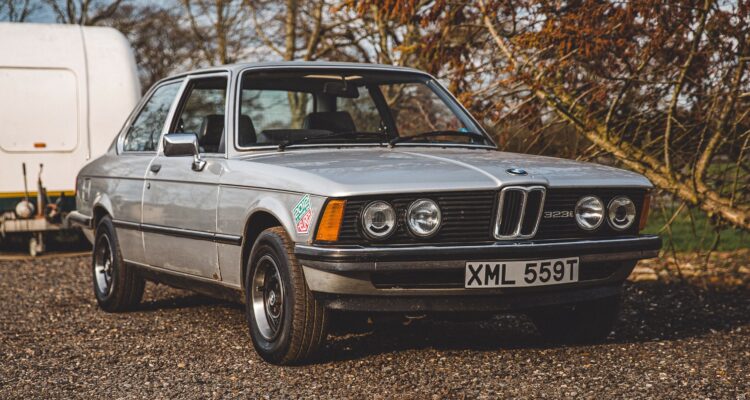Art Attack – Must-Have Painting Kit

A full-on respray is the kind of thing you want to leave to the professionals, given they have booths with dust-free air, ovens that can bake the paint on and huge air compressors to aid with the distribution of paint. For smaller painting jobs, however, there is nothing to stop you from having a go yourself. Small repairs, maybe even complete panels, can all be done at home. The key is prep. Ask any skilled vehicle painter and they’ll tell you that preparation is everything. Get that right, and the paint should go on just fine. People mess up by failing to prep, or by getting too giddy with the sandpaper, or by painting a panel in a dusty garage and so on. And that’s not the way to go.
What you need is a bit of clear space in your garage, plenty of ventilation or a suitable breathing mask, and the five items listed below. Get all this kit and your painting days will become most enjoyable. And we encourage you to have a go. If the prospect fills you with dread, pop down to the local car breaker and buy any old panel. Practise on that first, get your skills up to par, then tackle the car itself. It’s immensely satisfying, it will save you hundreds if not thousands and truth be told, it’s quite therapeutic!
1) VDIAGTOOL Car Paint Thickness Tester
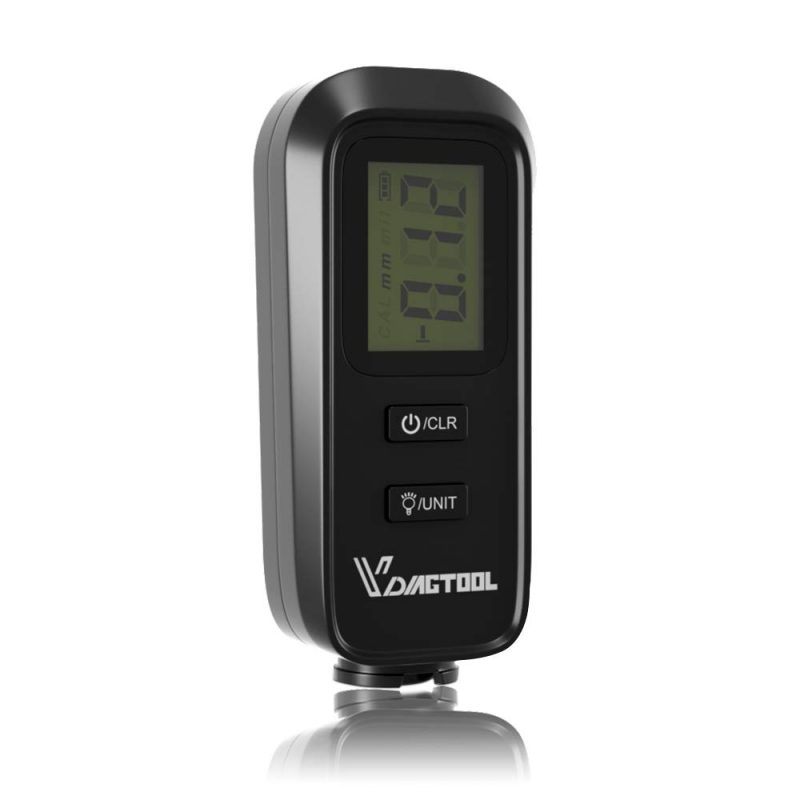
If you’re going to be doing any work to your car’s paint, it never hurts to know what you’re working with. A good way of finding out is to use a digital paint thickness tester. Not only will this tool be invaluable when it comes to understanding how thick the factory paint is, it will also serve to highlight any thinning areas of existing paint before you start polishing. You can use it as a means to understand how much paint you need to apply in order to get a uniform coat. Well worth having for less than twenty quid.
2) Self-Adhesive Masking Sheets
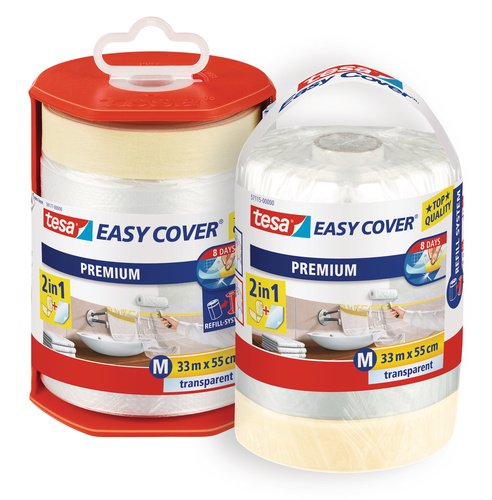
One of the most fiddly jobs when it comes to painting is the masking up of parts you don’t want to end up covered in overspray. It’s always a battle between man and masking tape, along with masking sheets or masking paper. What you need is a combination of the two, which is exactly what you have here. The top edge of this 33m roll of plastic sheeting has masking tape mounted on it. The plastic sheet then unfurls to be nearly two feet deep. It’s perfect for masking your car, forming a barrier for any errant paint. No messing while trying to negotiate masking tape, panel and sheet. Just one easy masking solution.
3) Sanding Block
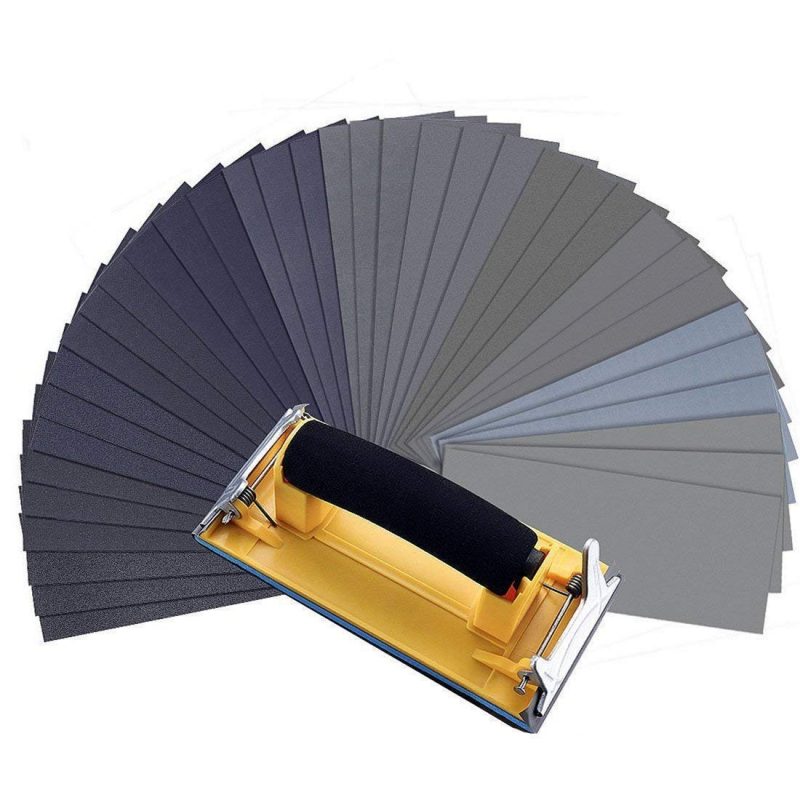
Sanding is one of the most important steps of vehicle paint preparation. As such, you want to be sure you’re doing it right. Conventional standing blocks are good, but they’re often flawed by being hard. This will serve to exploit any contact the block has with raised edges or curves in the panel. This sanding block, which is foam-backed, has been designed to be comfortable in your hand, but also kind to the panel. The foam backing ensures it follows the curvature of the panel without fuss and without the sanding block putting too much pressure on one point. Use this and you’ll have perfect, uniform sanding covered.
4) Gtechniq Panel Wipe
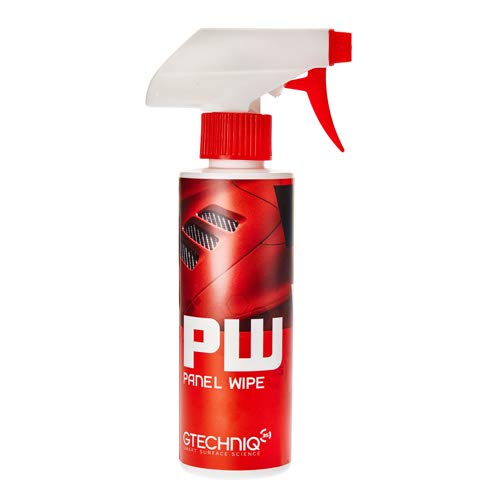
The team at Gtechniq take paint preparation seriously, which is why their panel wipe is the one to have. The purpose of this spray-on formula is to clean the panel of any and all contaminates; the kind of stuff you can’t see. Grease from fingers, atmospheric deposits, other chemicals and so on. Basically, all the stuff that is going to react with your paint and leave you screaming in frustration. This panel wipe will see to it you avoid such disasters. Simply spray it on, then wipe over the panel with a microfibre cloth to get any excess spray. Then, go over the panel with some tack cloths, and you’re ready to paint.
5) Hammerite Kurust Rust Inhibitor
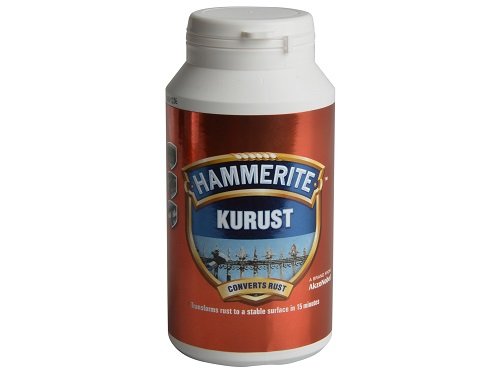
The last thing you want is for rust to creep through any freshly laid paint. There are various ways to do this, such as etch primer or rust-proof primer. Another option to consider is some sort of rust converter/inhibitor like Kurust from Hammerite. It’s a name synonymous with metalwork, so you know you can trust it. Furthermore, this is something we have used extensively with positive results. You simply paint it onto any exposed, rusty metal, leave it for an hour, and that’s it. It converts iron oxide into something more stable, and something that won’t spread. Simply clean up the excess, do repairs as needed, fill, sand, paint, done.

